Only six days have passed since the release of Descent of Dragons, but the Hearthstone balance team has already announced plans for a nerf targeted at Shaman. While the speed of this response is unprecedented, we believe it’s absolutely necessary to ensure the long-term vibrancy of Hearthstone’s ladder system.
Blizzard, We Have A Problem
If you’ve queued ladder over the last few days, you’ve no doubt been terrorized by the strongest deck in the game: Galakrond Shaman. A quick look at the statistics should be enough to convince you of the list’s power. Galakrond Shaman currently boasts a winrate over 61% across all ranks. This trend is replicated across individual ranks, too:
- Legend - 57.84% (sole occupant of Tier 1)
- Rank 1 - 54.59%
- Rank 2 - 54.36% (sole occupant of Tier 1)
- Rank 3 - 55.89% (sole occupant of Tier 1)
- Rank 4 - 58.01% (sole occupant of Tier 1)
- Rank 5 - 60.59% (sole occupant of Tier 1)
Galakrond Shaman wins against everything. Literally. This may well be the most astounding matchup spread we’ve ever seen. Not only does Galakrond Shaman win, it dominates. Let’s take a look at Galakrond Shaman’s winrates against the ten most popular decks on Ladder:
- Galakrond Quest Shaman - 55%
- Highlander Mage - 59.5%
- Secret Highlander Hunter - 62%
- Holy Wrath Paladin - 42.7%
- Deathrattle Rogue - 58.6%
- Galakrond Rogue - 60.9%
- Pirate Warrior - 65%
- Quest Druid - 72.2%
- Aggro Combo Priest - 56.4%
- Control Warrior - 72.3%
Most of these matchups are downright lopsided, an insult to the ideal of balance.
Truth be told, there are perhaps two “counters” in the metagame, but only one is a true counter: Holy Wrath Paladin. Holy Wrath beats Shaman in about 43% of cases (over a sample of 6,200 games between five and Legend), but because it loses to almost everything else, we still wouldn’t call it viable. Outside of Holy Wrath Paladin, Quest Hunter is the only deck in the metagame to even come close, breaking even against Galakrond Shaman with a winrate of 50% over 4,100 games between five and Legend.
Terrorizing Ladder
Galakrond Shaman is too powerful, which means, as it usually does, that Galakrond Shaman is too popular. At rank 1, Galakrond Shaman represents an astounding 46.5% of the meta. That’s frankly obscene, and things only get slightly better elsewhere.
- Legend - 24.02%
- Rank 1 - 46.55%
- Rank 2 - 38.96%
- Rank 3 - 31.92%
- Rank 4 - 23.85%
- Rank 5 - 14.72%
- Rank 6 - 25.34%
- Rank 7 - 19.88%
- Rank 8 - 17.28%
- Rank 9 - 15.09%
- Rank 10 - 11.72%
What’s truly surprising is how well-represented Galakrond Shaman has become lower on the ladder. Most dominant decks emerge at Legend, then filter down the ranks over the course of a few weeks as word gets out. Galakrond Shaman has already bucked this trend, instantaneously becoming a force at ranks 6 and below. We rarely see such saturation at lower ranks so early.
Above rank four, every match is a Shaman mirror. At least it feels that way, so ubiquitous is the cry of “Double the power, double the storm!” Nothing could be more stultifying, but it’s downright insulting after the Evolve meta.
Galakrond Shaman’s overwhelming power also means fewer players are venturing out on the Standard ladder. We’ve already observed a plateau in player activity (and remember, it’s only six days after the release of Descent of Dragons). No doubt many of us have been driven to Wild, or back to Battlegrounds. This is likely the worst possible way to have kicked off Descent of Dragons, but here we are, mired again in Shamanstone. It’s clear beyond a shadow of a doubt that Galakrond Shaman is suppressing what could be a diverse meta.
Why Shaman Puts The S In S-Tier
Galakrond Shaman is the best tempo deck in the meta, capable of pumping out terrifying boards turn after turn. But it’s also the best control deck in the meta, in large part because it’s blessed by a keyword generally reserved for Warrior and Hunter: Rush. In fact, Galakrond Shaman proves that Rush is the most powerful keyword, outside of Charge, in the game.
Under normal circumstances, minions must wait, and players must be patient. Summoning sickness is the fatal flaw by which most minions in Hearthstone are marked. Shaman doesn’t have to worry about that anymore. Thanks to the power of Invoke, most of Galakrond Shaman’s key cards circumvent their fatal flaw and make an immediate impact on the board state; these are no longer potential threats, but active ones. Add [Hearthstone Card (Faceless Corrupter) Not Found] to the mix and Shaman becomes uniquely proactive in its game plan. With an endless stream of rushing tokens, Galakrond Shaman can control the board state more efficiently than any other list, setting up its big power plays in Dragon's Pack and Galakrond.
Shaman’s Invoke ability is oppressive because it acts as a near-universal answer to any board state. No wonder Galakrond Shaman is suppressing what could be some of the most powerful decks in the game, including Pirate Warrior, which received an incredible new tool in Ancharrr, and Deathrattle Rogue.
Repealing The Invoke Tax
Perhaps even more important, however, is how Shaman’s Invoke ability balances out the inherent weaknesses of the neutral Invoke cards, Devoted Maniac and Shield of Galakrond. On their face, both minions are under-statted for their cost. This tempo loss comes in exchange for a benefit in the future: a fully-powered Galakrond. But because Shaman’s Invoke summons Rush minions, the full benefits of Invoking aren’t deferred to the future; they’re felt immediately, in the present. In reality, Invoke is a tempo gain for Shaman, rather than a loss. Tempo is king in Hearthstone, and initiative is queen. It’s always been this way, and no one does it better than Galakrond Shaman.
"Invoke Twice"
To top things off, Shaman is the only EVIL class to receive a double-Invoker, Corrupt Elementalist. Why Blizzard was so generous we’ll never know.
Invoking Galakrond usually comes at a cost, not only in mana, but also in cards. Normally, it’s a one-to-one ratio - one card equals one Invocation, which makes Invoking your Galakrond a relatively slow process. Only in Shaman is this sensible formula forsaken, because Corrupt Elementalist Invokes twice with a single card.
Thus Shaman is able to Invoke more efficiently than any other class, ensuring that Galakrond is fully-Invoked on curve more often than not. And despite the obvious power increase brought by Descent of Dragons, two 8/8 minions are still extremely difficult to answer on turn 7, especially when they can clear the board with Rush and are accompanied by a 5-attack weapon.
The Best Payoff In The Game
Dragon's Pack adds insult to injury. Outside of Galakrond himself, Dragon’s Pack is the payoff for Invoking, a card that summons two 5/6 spirit wolves with Taunt if you’ve Invoked twice. That’s a ridiculous tempo play in its own right - 10/12 in stats, with Taunt, as early as turn 5. But thanks to Corrupt Elementalist, which satisfies the condition on Dragon’s Pack by itself, playing the spell on curve (if you have the Coin) or on turn 6 is easy.
Dragon’s Pack alone ends the game against many tempo decks, and, since it can come down so early, it’s hard for control decks to clear, too, evading the wrath of Handlock’s Crazed Netherwing, Highlander Mage’s Flamestrike (and Reno the Relicologist) and Galakrond Priest’s Mass Hysteria.
No other EVIL class was given an Invoke payoff card this powerful, at least in terms of bare tempo. Warrior’s payoff card, Scion of Ruin, while an excellent tempo card in its own right, only summons 9/6 in stats (and usually comes down later than turn 5). Rogue’s Umbral Skulker (which adds three Coins to your hand) adds +3/3 to a Questing Adventurer or +6/6 to an Edwin VanCleef. Veiled Worshipper (Warlock) and Fate Weaver (Priest) are tempo-neutral, if not slight losses in today’s Standard metagame. In comparison, 10/12 in stats is monstrous.
Shaman’s Galakrond package is overturned, plain and simple. Thankfully, Blizzard has recognized this fact and plans to act swiftly. We don’t want to see Galakrond Shaman obliterated, though some players surely do. What we want is a vibrant, diverse meta in which numerous strategies, including but not limited to Galakrond Shaman, can succeed on their own terms. As it stands, Galakrond Shaman is both jack and master of all trades.
Honorable Mention: Faceless Corruptor
We know Shaman is getting a nerf, because Blizzard told us so, but if we had to guess, we’d expect changes to come for Faceless Corruptor, too. This shouldn’t come as much of a surprise, since the card is obviously overturned. Corruptor summons 10/8 in stats, with Rush, as early as turn 5. That’s obscene, and far too good for most players to pass up.
No doubt Blizzard still has flashbacks from the days of Bonemare, when massive tempo swings off the back of a neutral minion were far too common. Like Bonemare back in the day, Corruptor has made its way into almost every metadeck, at least the ones that care about tempo. It’s currently the most-played card in the game, appearing in 52.8% of decks. That sort of representation is likely to make Blizzard uncomfortable.
This week’s Meta Report was a bit different, but we thought it was necessary to address the elephant in the room. As far as fixes go, increasing Corrupt Elementalist’s mana cost could be a start, but it might not be enough. Adding an Overload effect is an interesting option, because it would delay Dragon’s Pack at least one turn. Or Blizzard could go nuclear, fundamentally altering the package’s flavor by removing Rush from the equation.
What do you think? How will Blizzard nerf Shaman? What decks will rise to the top of the meta if the Shaman nerfs are effective? Let us know in the comments!
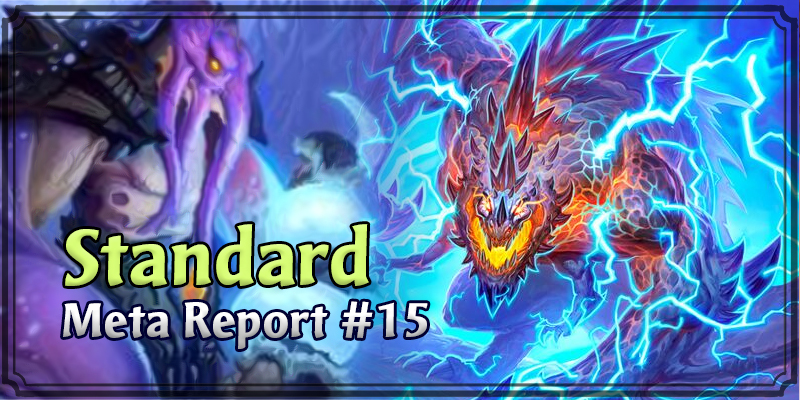
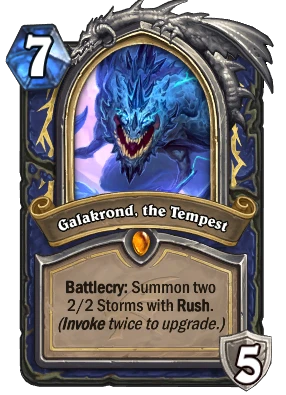
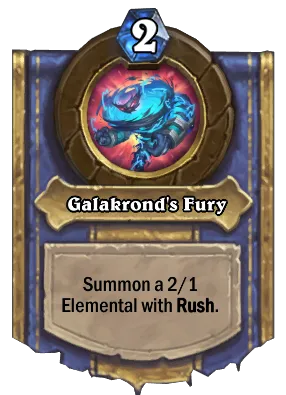
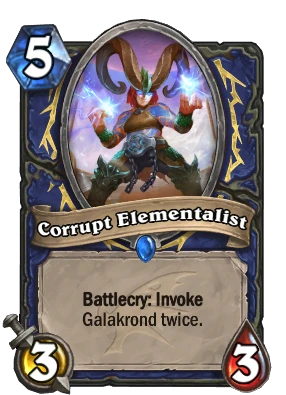
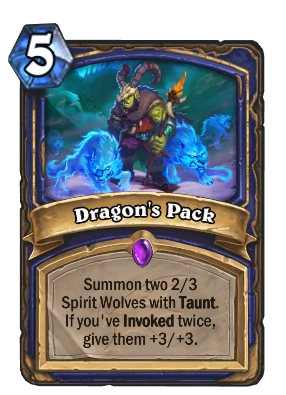
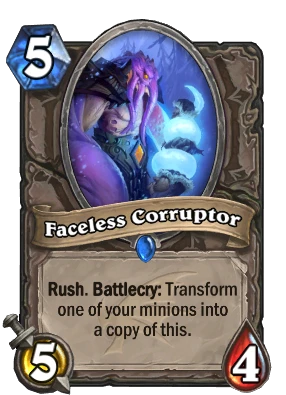
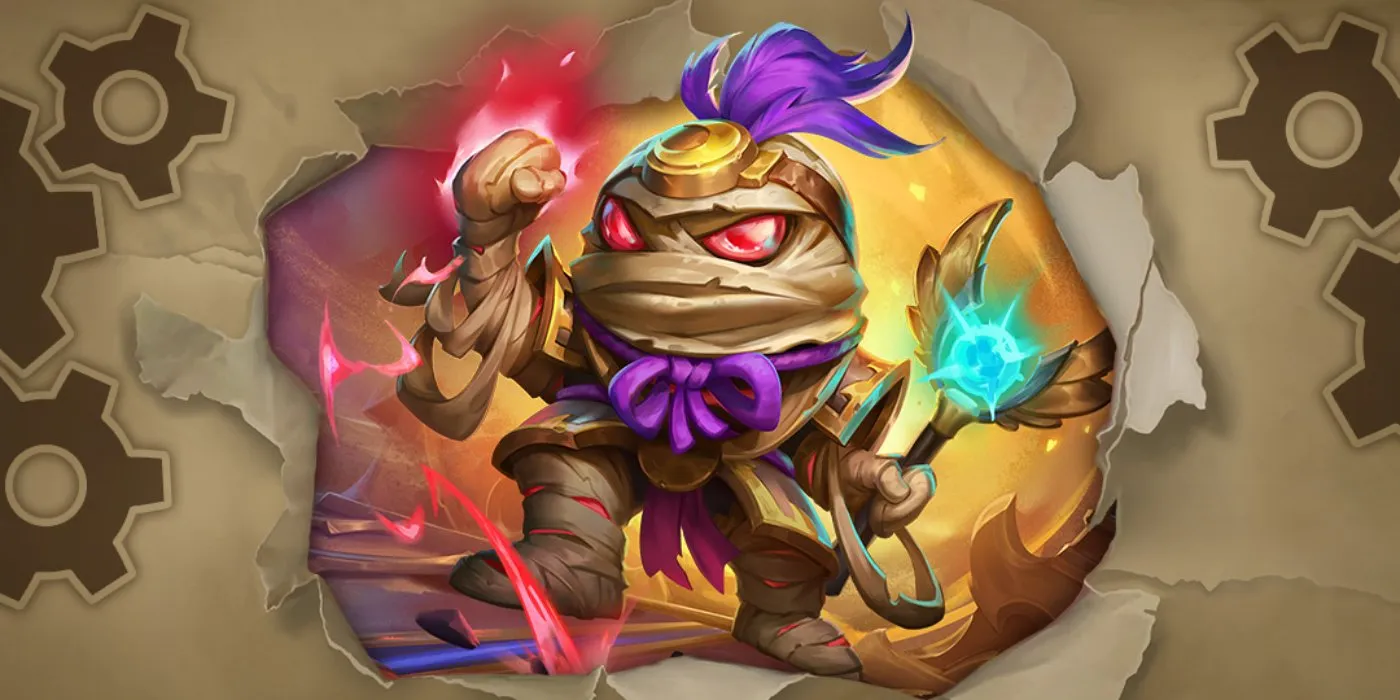
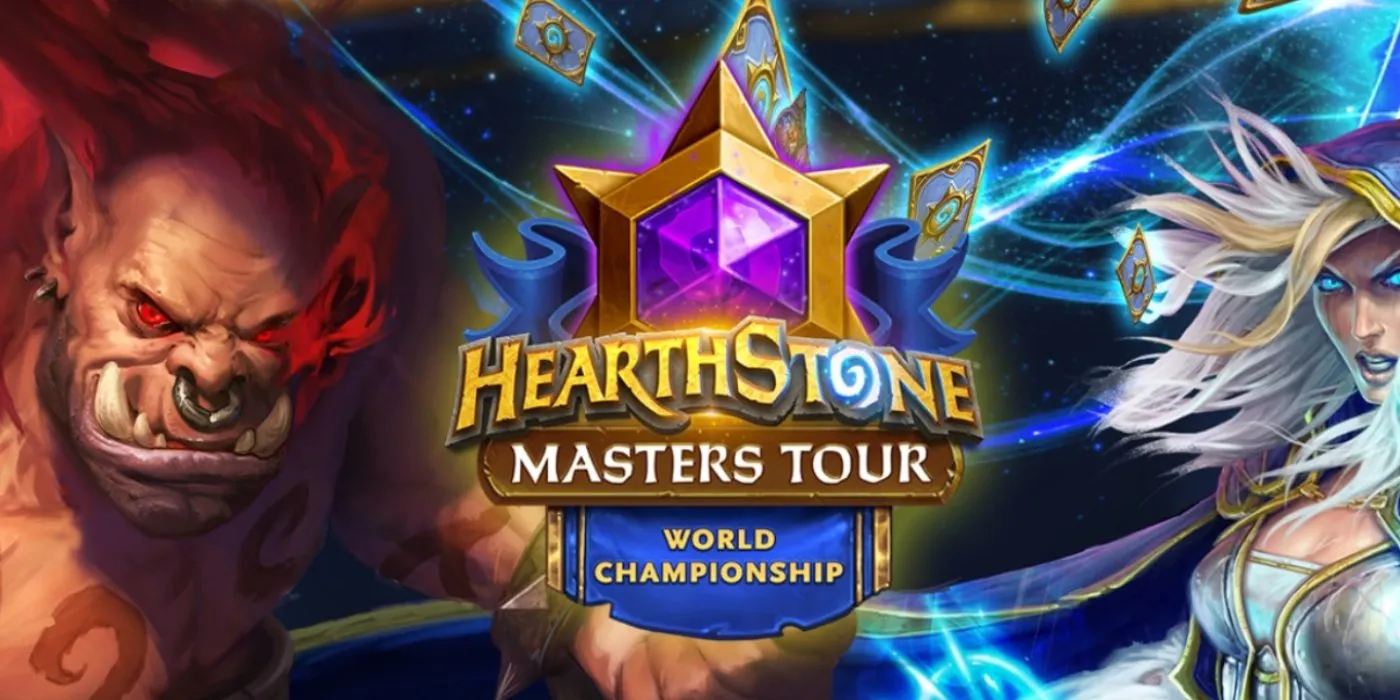

Comments
It would be interesting if they made him cost 6 and only for friendly minions. This way you can still get his cost to a minimum of 0, but he could only consistently cost 0 if you play him in a swarm deck. Right now you can slot him into any deck and as long as your opponent is playing any significant amount of minions you can easily play him for nothing.
Or make it an evasive minion - cannot be targeted by spells but can work with the evolve lackey.